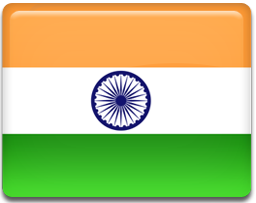Flora & Fauna
The three climatic zones of the foothills, central Himalayan valleys and the high Himalayas makes Bhutan's natural heritage more rich and varied than other Himalayan regions. In historical records, the kingdom is referred to as the "Southern Valley of Medicinal Herbs", a name that still applies to this day. The country's flora consists of over 7000 species of plants, including the rare Blue Poppy which is also the national flower. Bhutan also has a reputation for being a birdwatcher's paradise with over 675 species of birds including the endangered Black-Necked crane. Because of the deep traditional reverence, which the Bhutanese have for nature, the kingdom is one of the leading countries in environmental conservation. Over 70% of Bhutan's land area is still under forest cover. Many parts of the country have been declared wildlife reserves, and are the natural habitats of rare species of both flora and fauna.
Under Bhutanese law,60% of the Kingdom must remain covered by forest for all times to come. The protected areas constitute 26 percent of the country and 9 percent of the country is designated as biological corridor. The current Forest coverage is 72.5% of the total landmass. The names of the parks & sanctuaries are as follows :
National Parks
|
Royal Manas National Park
|
Jigme Dorji Wangchuk National Park
|
|
Jigme Singye Wangchuk National Park
|
Thrumshingla National Park
|
Sanctuaries
|
Bomdeling Wildlife Sanctuary
|
Sakteng Wildlife Sanctuary
|
|
Phibsoo Wildlife Sanctuary
|
Khaling Wildlife Sanctuary
|
Reserve Forest
|
Torsa Strict Nature Reserve
|







.png)